TLDR & TLDL: The Reserve Bank jumped ahead of the rest of the developed world yesterday and effectively started tightening monetary policy by announcing the near-immediate end of money printing to buy Government bonds.

Economists saw the central bank’s statement yesterday as more hawkish than expected and economists from from ANZ, ASB, Westpac and BNZ brought forward their forecasts for the first rate hike to August from November. Kiwibank still sees a November hike as most likely, although the odds of an August hike are growing. The change in expectations has been very quick, with most seeing May next year as the start date as little as a month ago.
“The Committee noted that medium-term inflation and employment would likely remain below its Remit objectives in the absence of some ongoing monetary support. However, the Committee agreed that the level of monetary stimulus could now be reduced to minimise the risk of not meeting its mandate.” Reserve Bank statement.
The Reserve Bank’s rate hiking track is now significantly out of line with other inflation-targeting central banks in the developed world. US Federal Reserve Chair Jerome Powell repeated this morning he saw the current inflationary surge as temporary and reiterated the Fed would keep printing at a rate of US$120b/month for the forseeable future.
“Inflation is being temporarily boosted by base effects, as the sharp pandemic-related price declines from last spring drop out of the 12-month calculation. In addition, strong demand in sectors where production bottlenecks or other supply constraints have limited production has led to especially rapid price increases for some goods and services, which should partially reverse as the effects of the bottlenecks unwind. Prices for services that were hard hit by the pandemic have also jumped in recent months as demand for these services has surged with the reopening of the economy.” Fed Chair Jerome Powell in Congressional testimony overnight.
The Fed is not expected to start hiking until next year at the earliest, with 2023 still a possibility. The Reserve Bank of Australia is expected to stay on hold until well into late next year and the Bank of England is not expected to hike until late next year, even though June inflation figures out overnight were slightly higher than expected at 2.5% up from a year ago.
The Reserve Bank’s earlier start pushed the New Zealand dollar up more than one US cent to 70.4 USc late yesterday and overnight. However, the early tightening will be welcome news to those hoping for a slowdown in house price inflation. The bank did mention house price in its statement, noting that recent growth (rather than actual levels) had been unsustainable. The bolding is mine.
“As required by their Remit, the Committee assessed the impact of monetary policy on the Government’s objective to support more sustainable house prices. The Committee agreed that the recent rate of growth in house prices remains unsustainable. Members noted that some of the factors supporting the ongoing house price increases have eased. These include a rise in housing supply as construction picks up pace, and more constrained investor demand due to increased loan-to-value restrictions and changes to housing tax policies. The Committee agreed that any future increases in mortgage rates will further dampen house price growth.” Reserve Bank.
Interestingly, the Reserve Bank left open its ‘Funding for Lending’ programme (FLP) of super-cheap (0.25%) lending to banks. So far, banks have been cautious about using it and have linked their borrowing directly from the Reserve Bank to loans for new builds. In theory, that would allow banks to keep lending for new builds at even lower rates than for existing builds.
ASB actually increased its regular fixed mortgage rates by 30 to 36 basis points before yesterday’s 2pm announcement, but kept its 1.79% variable ‘Back my Build’ rate for new build buyers unchanged. (Interest) It is funded from the FLP. This widening of the gap between new build rates and ‘regular’ mortgage rates is encouraging for housing supply.
My view: The Reserve Bank appears in a mood right now to start hiking in August or November, which may well slow the housing market a bit. But it could well have to reverse it next year if the inflation surge going on at the moment doesn’t stick around, as I think is likely because the global deflationary pressures of the last 20 years have not gone away.
The factories, shipping and logistics chains, the globalised work force and the app economy have not been evaporated by Covid-19. They’ll be back and the Reserve Bank may well have to dance on the head of a pin again by saying it reached its inflation targets, when actual inflation is at the bottom of the 1-3% range and has been for a decade. I’d have preferred the Reserve Bank adopted the average inflation targeting policy now used by the Fed, the RBA and the ECB, and instead use tougher LVR, DTI and bank capital rules to control inflation in existing house prices.
The FLP programme of cheap loans for new housing could end up being a good innovation that could be allowed to stay and fuel more house building. But the jury is out still on how keen the banks actually are to lend to people buying apartments and townhouses off the plan.
Meanwhile, for now at least, tighter monetary policy might take a bit of the heat out of house price inflation, which is still running at over 10%. It’s not as bad as the March quarter’s 30% plus, but it’s still bad for home buyers.
Europe’s new ‘Fit for 55’ tougher climate plan
The European Union unveiled a raft of measures overnight to accelerate its move to carbon zero and in particular introduce new taxes and levies for shipping, airlines and importers of steel, cement, aluminium and fertiliser from countries it deems not to be keeping up its side of the climate change bargain.
In particular, it unveiled a ‘Carbon Border Adjustment Mechanism’ or CBAM, which forces importers to buy credits linked to an expanded emissions trading scheme. Prices for Europe’s credits have risen sharply in recent weeks ahead of the announcement. They were at €59/tonne this morning, which is NZ$89/tonne at current exchange rates.
New Zealand’s carbon credits are trading at NZ$47/tonne and have risen from around NZ$36/tonne in the last six weeks since the release of the Climate Commission’s final carbon budgets report. It is approaching its cap for 2021 of NZ$50/tonne, at which the Government has to pump more credits into the market under existing legislation. The price is allowed to rise again from the beginning of next year, as Marc Daalder writes in this good Newsroom backgrounder.
The EU plans to reduce emissions by 55% from 1990 levels by 2035 and be at net zero by 2050. It also announced it would end petrol and diesel powered production of cars from 2035, and aim for a 55% reduction in emissions from new cars by 2030, which is tougher than its previous aim for a 37.5% reduction by 2030. It also plans to increase its renewables share of energy use to 40% by 2030 from the current 32% goal.
“Our current fossil fuel economy has reached its limits. Europe is now the very first continent that presents a comprehensive architecture to meet its climate objectives.” European Commission President Ursula von der Leyen
Europe will also bring shipping into the ETS scheme, with all intra EU shipping covered, along with half of shipping outside the EU. Shipping lines and airlines would also have to pay a tax on aviation and maritime fuels. (Politico)
My view: Aotearoa-NZ is way behind the curve on reducing its emissions and adopting politically difficult policies that would reduce our emissions. The Government will have to respond to the Climate Commission’s budgets before the end of the year. But the pressure against the ‘ute tax’ is already building with big protests by the ‘Groundswell’ rural protest group planned for Friday in various cities.
Climate change politics has bedevilled Australia’s political scene for at least 20 years, with it being the main trigger for at least eight changes of prime ministers there. So far, New Zealand has avoided that level of controversy with a mostly bi-partisan approach, albeit with both parties agreeing something should be done but not actually doing it. Now the rubber has to meet the road. As Europe has indicated, laggards such as Australia and New Zealand risk being marginalised through the sorts of carbon border taxes and levies announced above. Don’t forget that last year New Zealand increased sixfold its Indonesian coal imports to burn at Huntly to a million tonnes.
I’ll have more on this problem in this week’s ‘When the facts change’ podcast on The Spinoff.
Scoops and news breaking this morning
Signs o’ the times news

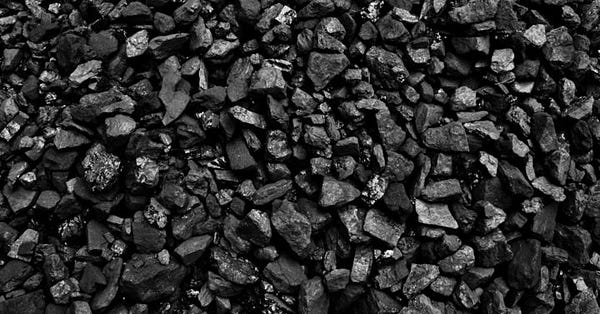
Some fun things








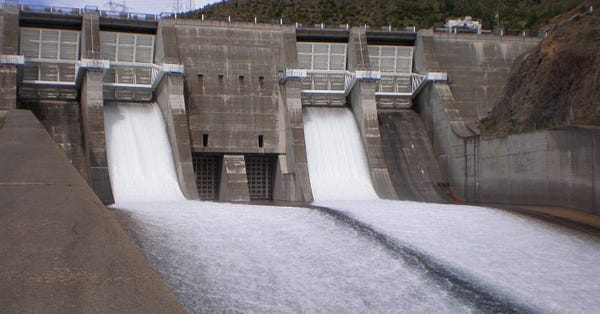


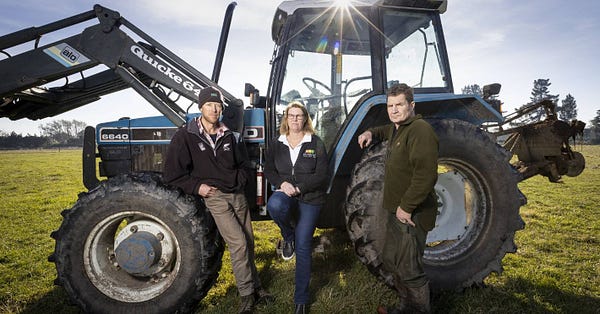




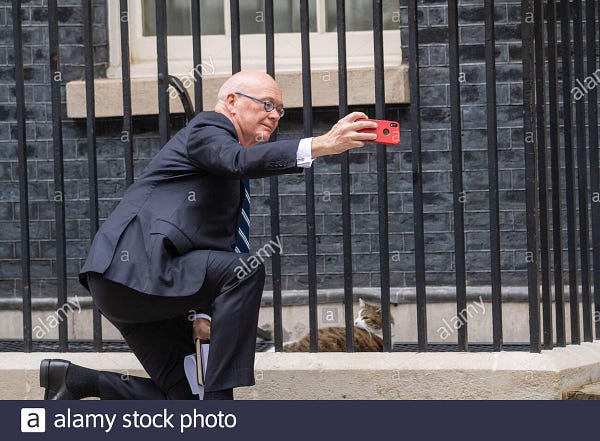


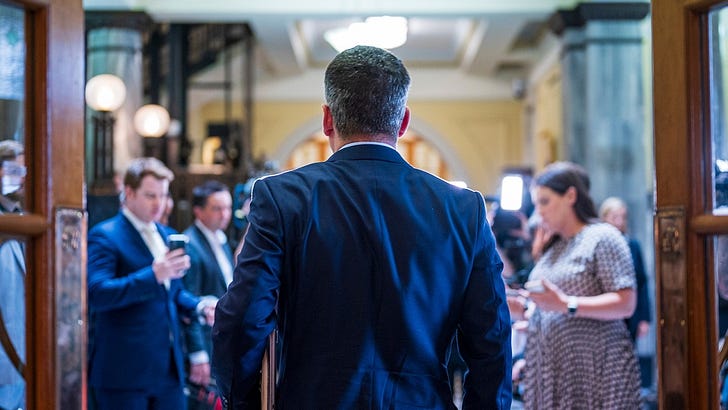

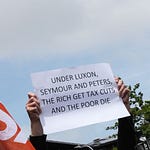
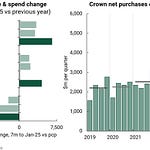
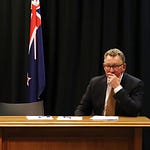
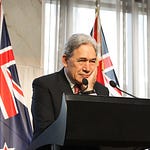


Share this post